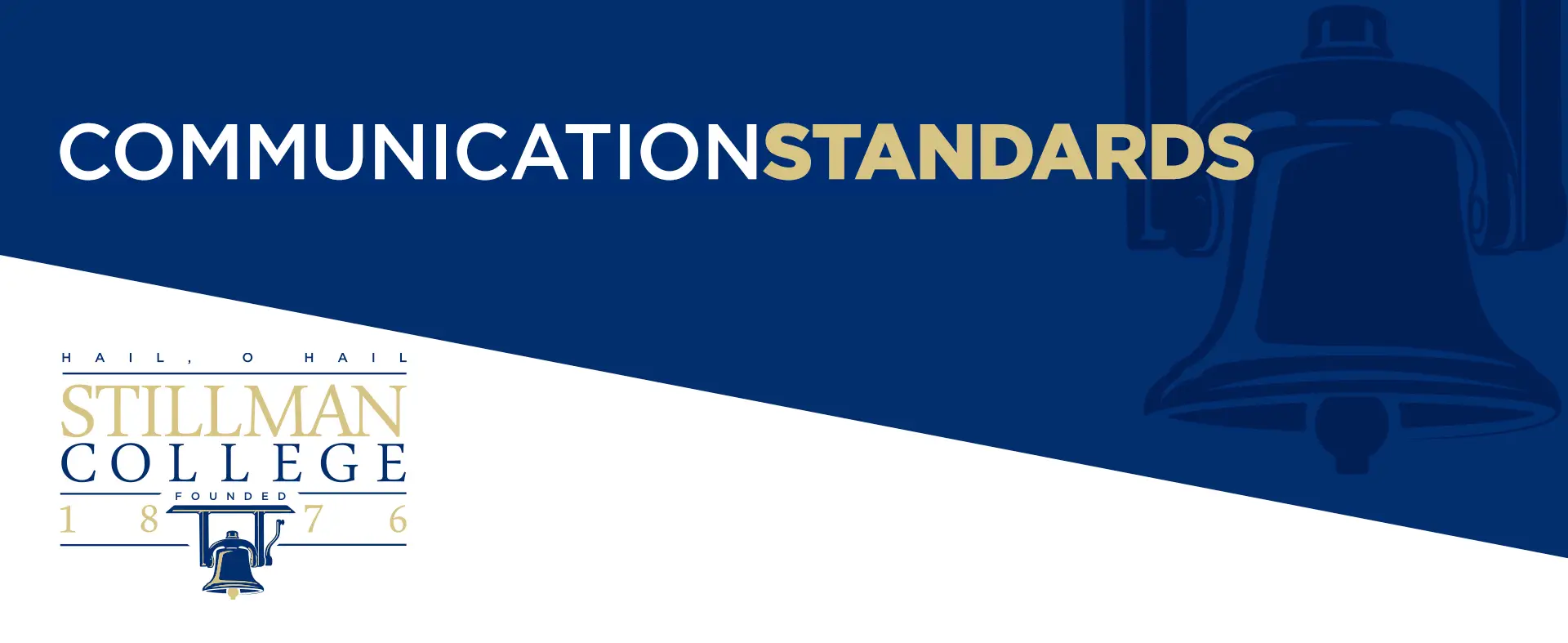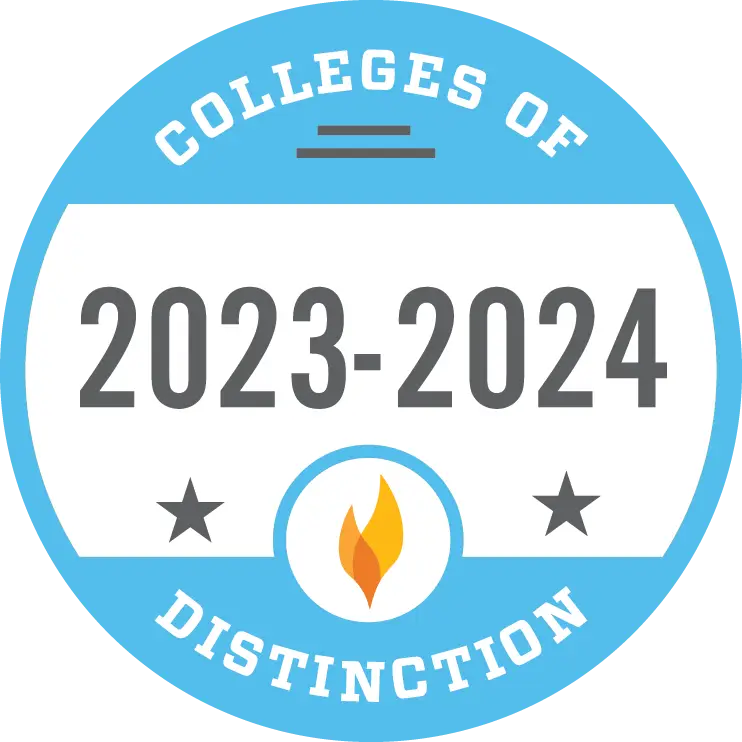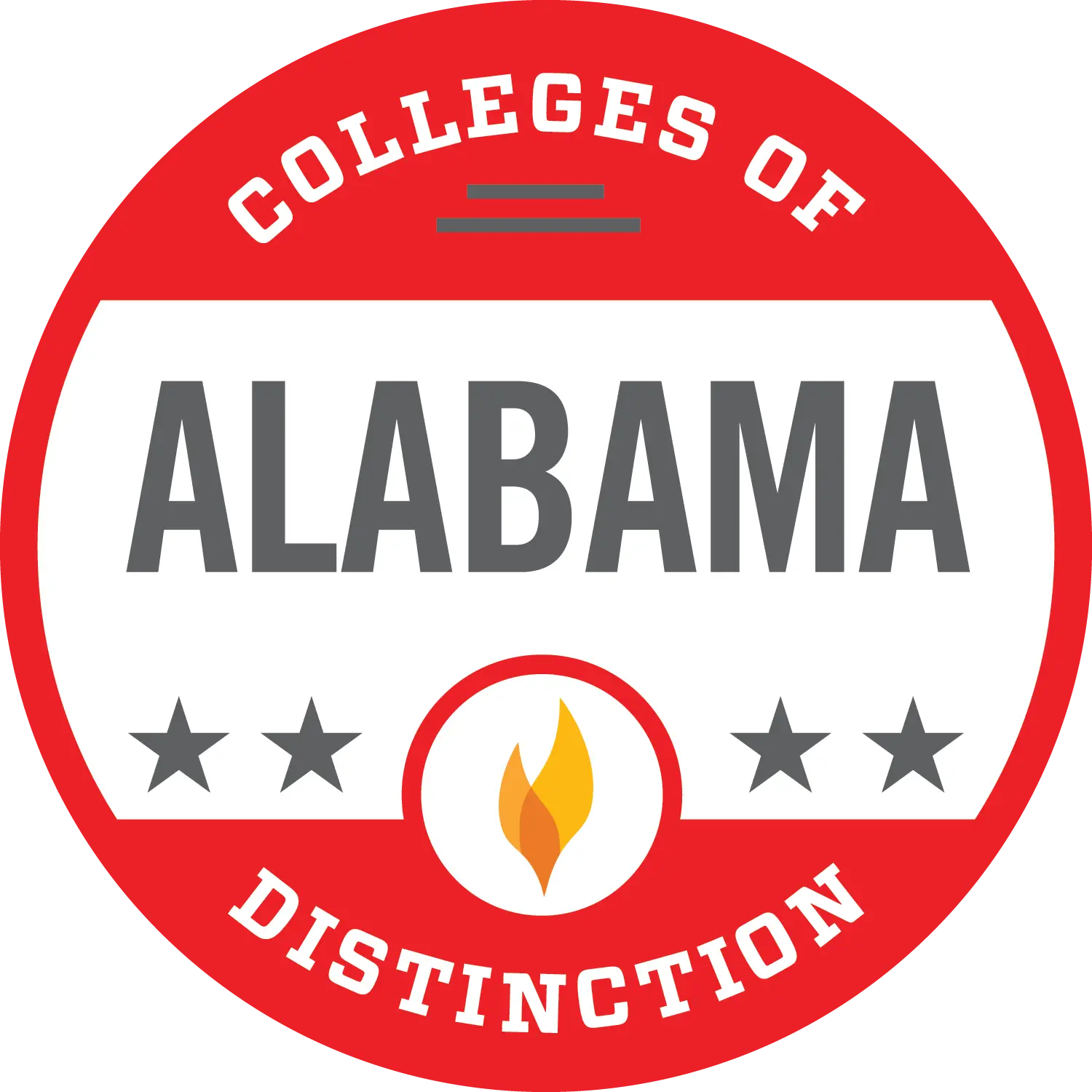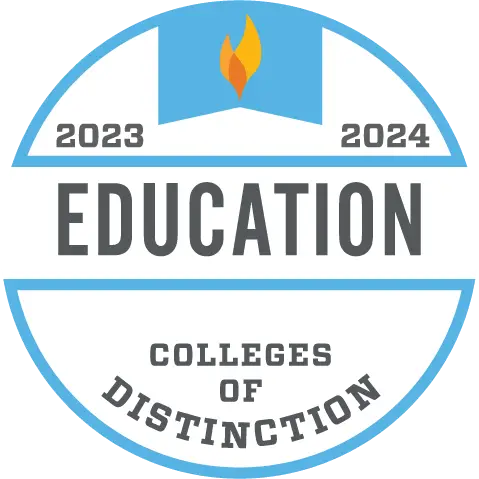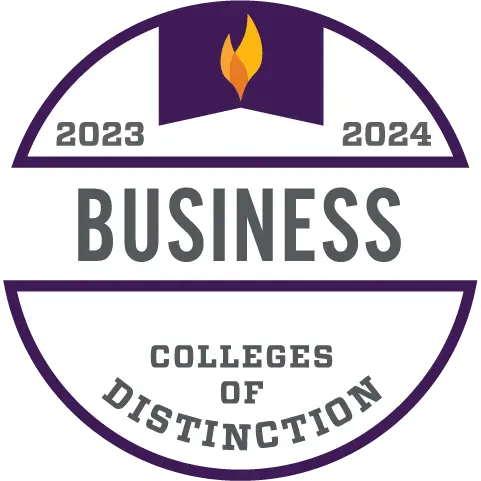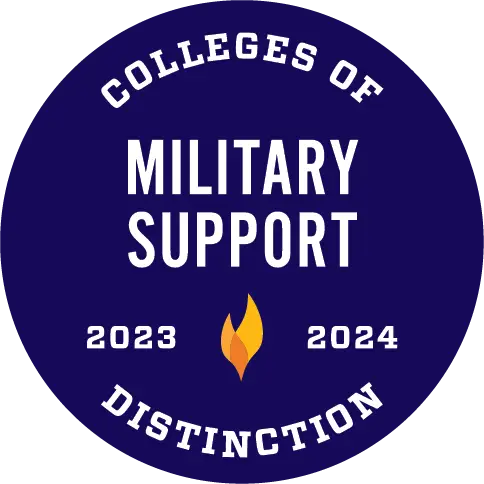Storytelling
Stillman College stories must accurately reflect the personality of campus, from its academic mission to the uniqueness of its community. These efforts must align with our brand standards to effectively control our image and perception.
Storytelling is a broad spectrum of mediums, channels and strategies, which are leveraged differently for each story. Some stories are better suited for an internal audience; others may have news media potential. Some stories can be told as long-form features or video shorts, or even in display or social media advertising.
The goal of the Office of Communications is to find these stories, determine how best to tell them, and deliver engaging content. Additionally, we aim to educate and empower the campus community to help Stillman unearth and tell its stories.

